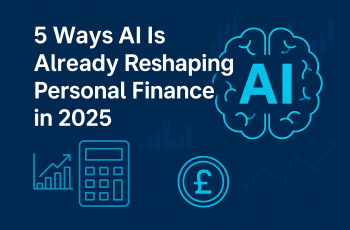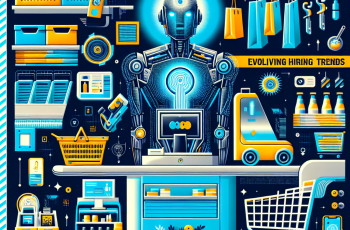With the cost of living continuing to rise and remote work more widespread than ever, many individuals are turning to artificial intelligence to find new ways to earn, automate, and build flexibility into their financial lives. While AI once seemed like a distant tech buzzword, it’s now a practical tool being used by everyday people — not just coders and engineers.
Here’s a deeper look at how people across different industries and backgrounds are tapping into AI to improve their income in 2025.
1. Freelancers Automating Their Workflow
Freelancers are often one-person businesses — juggling marketing, client work, invoicing, and more. AI tools like Notion AI, Jasper, and Zapier integrations are allowing them to automate repetitive tasks like client onboarding emails, proposal writing, and even parts of content delivery.
Graphic designers are using AI-generated art as a creative starting point, while writers use AI to help draft outlines or summarize research. It’s not about replacing human creativity — it’s about saving time to take on more paid work.
2. Remote Workers Enhancing Productivity
Remote workers — especially those in customer support, sales, or data-heavy roles — are turning to AI assistants like ChatGPT, Microsoft Copilot, and GrammarlyGO to speed up responses, clean up communication, and handle routine questions.
Some workers have even set up AI-based “side dashboards” that handle scheduling, reminders, and project tracking, freeing them up to focus on more impactful tasks (or take on extra freelance gigs outside their 9–5).
3. Small Business Owners Leveraging AI for Marketing
Entrepreneurs and solopreneurs are using AI for everything from writing website copy to running Facebook ads. Tools like Copy.ai, SurferSEO, and AdCreative.ai help business owners create content and marketing materials in minutes instead of days.
Instead of hiring full-time staff or expensive agencies, they can launch and test new ideas quickly, keeping more profit and staying lean.
4. Digital Creators Scaling Faster
Content creators — YouTubers, bloggers, and course creators — are using AI to help script videos, batch edit audio, and even write course outlines or quizzes. Some tools now transcribe and summarize video content automatically, helping creators repurpose content across platforms.
The result? Faster production cycles, more engagement, and in some cases, more ad revenue or course sales with less overhead.
5. Everyday People Exploring New Tools
It’s not just professionals. People with little to no technical background are trying out AI tools to brainstorm business ideas, launch side hustles, or even test micro-investing platforms powered by AI.
Platforms aimed at non-technical users are on the rise — many offering no-code interfaces, “done-for-you” templates, and mobile-first design.
Final Thoughts:
AI isn’t a silver bullet, and it won’t generate passive income out of thin air. But it is providing real tools for real people — tools that can unlock time, creativity, and new income streams. Whether you’re a full-time freelancer or someone simply looking to make an extra $200 a month, 2025 is proving that AI can be a powerful ally when used wisely.

